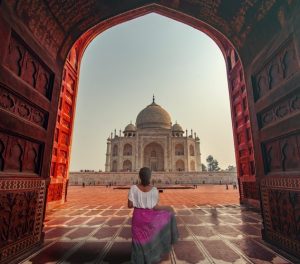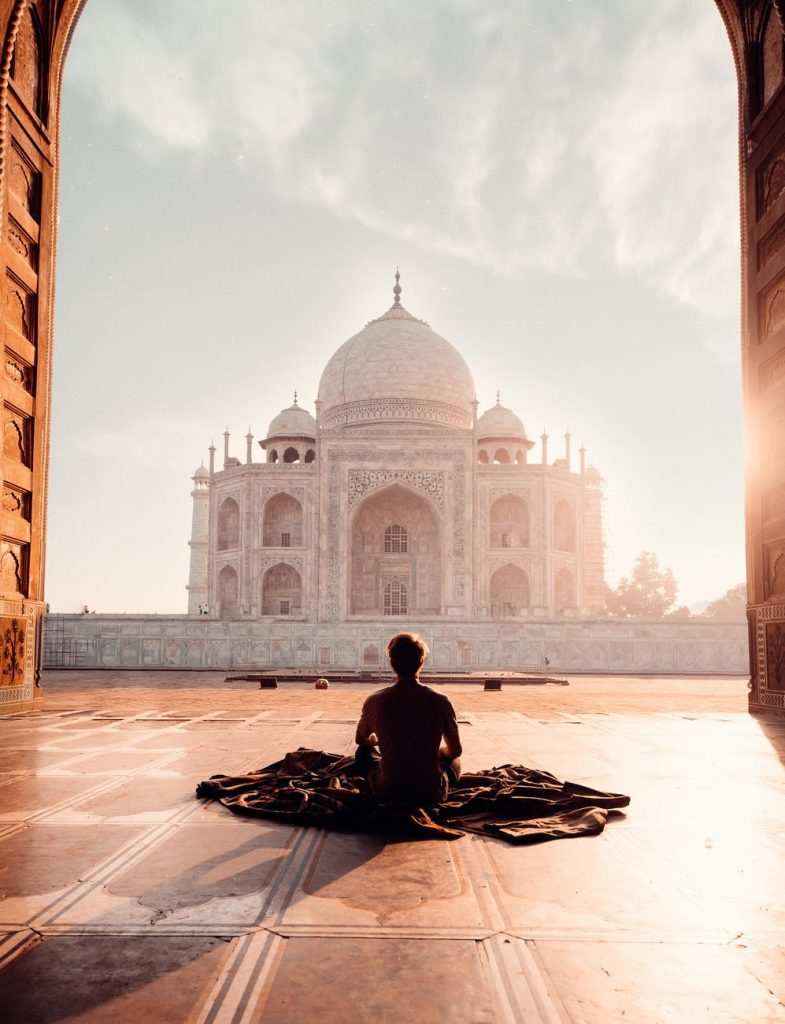 Is maintaining and beautifying the heritage with a government fund the right solution for a country like India or should we explore the commercial usability of these magnificent structures? The heritage can withstand the wear and tear of time only if it can be well maintained at their own income. It is high time to think if we have explored enough into the possibilities of using the potentials of these heritage to generate an income to sustain these structures and our cities. A strategically devised economic tool can bring in a bit fresh air to the unattended heritage structures all over the country.
Is maintaining and beautifying the heritage with a government fund the right solution for a country like India or should we explore the commercial usability of these magnificent structures? The heritage can withstand the wear and tear of time only if it can be well maintained at their own income. It is high time to think if we have explored enough into the possibilities of using the potentials of these heritage to generate an income to sustain these structures and our cities. A strategically devised economic tool can bring in a bit fresh air to the unattended heritage structures all over the country.
We have heard a lot on Culture and Heritage Tourism, and we run after the European cities to explore the art and architecture of the cities. While every Indian city has a story to tell, nobody listens to the same. Culture and Heritage Tourism (Silberberg 1995) was promoted as an economic development tool to give a push for the growth of their old and deteriorated cities. It is defined as, visits by people from outside the host community to experience the culture and heritage in some way. But before adapting this as a standard model for the Indian cities, considering the geographical and cultural diversity of the country, we might need to devise specific strategies for sustaining the Heritage. Hence, preparing unique and innovative strategies for preserving the built heritage of India is crucial.

For the purpose, there are three basic questions to be answered before the start of a conservation project.
- What are your commercial expectations out of the project?
The first question is what is your motive behind the project? Is it only conservation or a commercially viable project. This will need a feasibility study and consideration of multiple options of usage. For example, do you intend to use it strictly for hospitality purposes, a social hub for local community or an education hub or a mix of both.
- What is the best suitable use that the structure can fit into with minimum alterations?
Every heritage structure though classified into Hindu, Islamic or Colonial, has its own unique style and charm. Identifying this potential charm and the structural performance of the same is inevitable to bring about innovative usability for the structure. A conservation with a tint of modernity can change the overall attire of the building.
- What is the best way to manage the site sustainably?
Conservation of heritage never stops with renovating the building. This is a continuous process as the building requires management and maintenance from time to time. Hence the building should be able to generate the income for both. The heritage structures can generate a better income if they are linked to a bigger plan or vision for the overall development of the city or tourism plans for the country.
In India, what we require is a joint promotion or marketing strategy to improve the value of the heritage and an understanding of the diversity of the same. The government, politicians, business men all of them need to take equal responsibility in promoting heritage as a socially responsible citizen. Maintaining heritage at the expense of the government funds might not be the ideal conservation strategy for a country like India. While reinventing heritage by adding a new meaning or purpose for the building (to know more click https://www.myspacearchitects.com/blog/126/the-inverted-pyramids-of-india) should be the path for a sustainable conservation.

